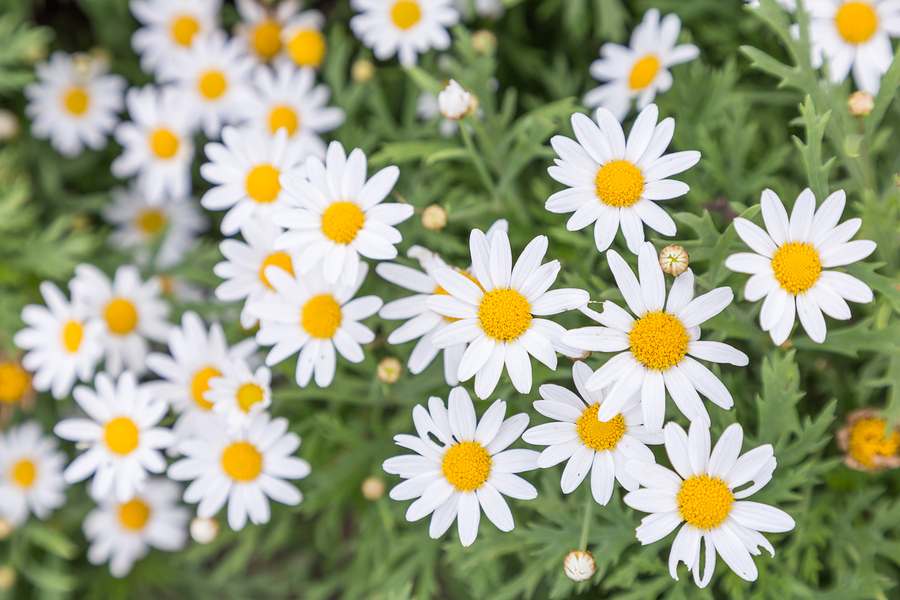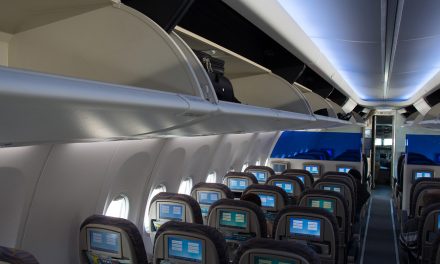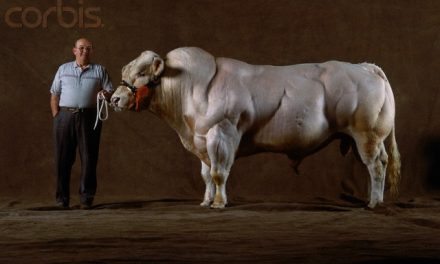(Editor’s Note: This story originates in Wisconsin but a simple Google search could help you identify the plants native to your state and area.)
It’s almost that time: Spring. And if you’ve never considered planting native plants, maybe you should while you still have time!
“Native plants are key to aiding and attracting native insects and pollinators, including swamp metalmark and monarch butterflies, hummingbirds and endangered rusty-patched bumblebees that were once plentiful in Wisconsin.
Restoring green space is important . . . no matter the size.
In fact, the more modest the yard, the easier it is to transform it into a micro prairie teeming with living things. Think of your yard as just one diminutive piece of the collective urban landscape.”1
Indeed, Neil Diboll, the consulting ecologist and president of Prairie Nursery in Wisconsin, explained:
“Even one plant of butterfly milkweed can attract monarch butterflies to lay their eggs and result in caterpillars that become the next generation of monarchs. Numerous studies have shown that green spaces in cities improve air quality, reduce summer temperatures and benefit people’s mental health.
Restoration of the planet does not depend solely on preservation of large tracts of land in a pristine condition. Small plantings of native plants, in urban and suburban landscapes, can provide critical habitat for a wide variety of birds, pollinators, other beneficial insects — even reptiles and amphibians, too.
One of the advantages of a prairie in a small yard is the replacement of a nearly sterile lawn with a living landscape of beautiful native flowers and ornamental grasses. . . . They also provide wonderful opportunities for children to learn about the intricacies of nature right in their own backyard.”1
So once again, it seems that each of us is able to make small changes that have a larger impact on our world.
Although initially prepping to make your yard, or a part of it, is a bit labor intensive, experts says after that “maintenance is minimal.”
Some basic instructions:1
- destroy turf grass and weeds (to make the process faster, manually dig up turf or rent a mechanical sod cutter for larger areas)
- plants then can be placed directly into the dead grass. The easy, slow method’s advantage is it does not disturb the soil and expose it to invading weed seeds.
- leaving a spot or two of bare soil in your yard is also beneficial to native bees, as 70% nest in the ground.
- once your natives are planted, water as needed until they are established in about two months.
Be patient with native plants as it will take them a while to develop their long roots.
Make sure to buy your native plants locally. And be discerning; “Regard any generic ‘wildflowers’ with suspicion (especially in those free seed packets); make sure what you’re planting is truly indigenous and desired. The last thing you want is to unwittingly introduce invasives to your micro prairie.”1
And might I make one suggestion, if you have space on your property and it’s allowed, consider planting natives and allowing your yard/property to “go wild”:
SOURCE:












